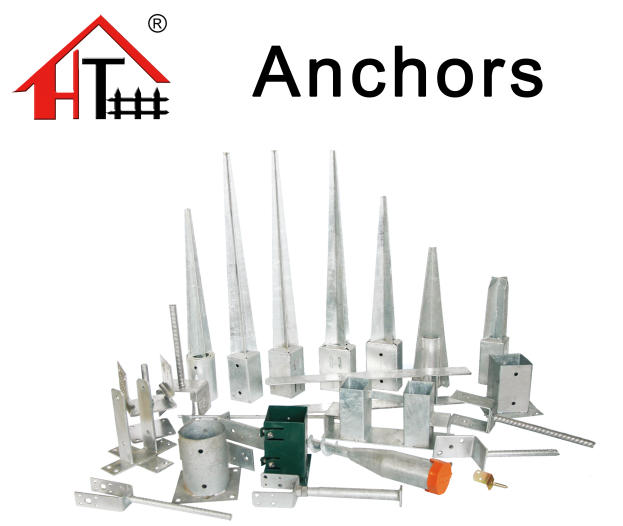Understanding Wire Wall Construction
Wire wall construction has emerged as a popular method for various applications, from gardens to industrial sites. This technique utilizes wire mesh or fencing materials to create strong, durable barriers that serve a multitude of purposes.
One of the primary advantages of wire wall construction is its versatility. It can be adapted for different settings, whether residential, commercial, or agricultural. For instance, in gardens, wire walls are often used to protect plants from pests and larger animals while allowing sunlight and air to reach the vegetation. This is especially significant for organic gardeners who wish to minimize chemical interventions.
In industrial applications, wire walls provide effective safety barriers. They can delineate hazardous areas, keeping unauthorized personnel at a safe distance from potential dangers. Additionally, wire walls can be used in construction sites, helping to secure tools and materials while offering visibility to the progress of work without compromising safety.
The construction process of a wire wall is relatively straightforward but requires attention to detail. The first step involves selecting the appropriate type of wire fencing material, which can vary in gauge, size, and durability depending on the intended use. Common options include galvanized steel wire, which offers rust resistance and strength, and coated wire which comes in various colors for aesthetic purposes.
wire wall construction

Once the material is selected, the next step is to determine the layout and dimensions of the wall. This involves marking the perimeter and ensuring that the ground is level, as an uneven foundation can lead to structural issues over time. Post installation is crucial, as sturdy posts will provide the necessary support to the wire mesh. Typically, these posts are set into concrete to enhance stability.
After the posts are in place, the wire mesh is attached, which can be done using various techniques such as tying, stapling, or using clamps. It's essential to ensure that the mesh is taut and secure to withstand environmental pressures such as wind and heavy rain.
Maintenance is another important aspect of wire wall construction. Regularly checking for wear and tear, rust, or loose connections can prolong the lifespan of the wall. If damage occurs, prompt repairs can prevent more significant issues.
In conclusion, wire wall construction is a practical solution for a variety of needs. With its adaptability and strength, it serves as a reliable option for fencing, security, and safety purposes. Understanding its benefits, construction process, and maintenance can help individuals and organizations make informed decisions when employing this versatile building technique. Whether for protection, delineation, or aesthetic appeal, wire walls continue to be a valuable resource in modern construction.
















